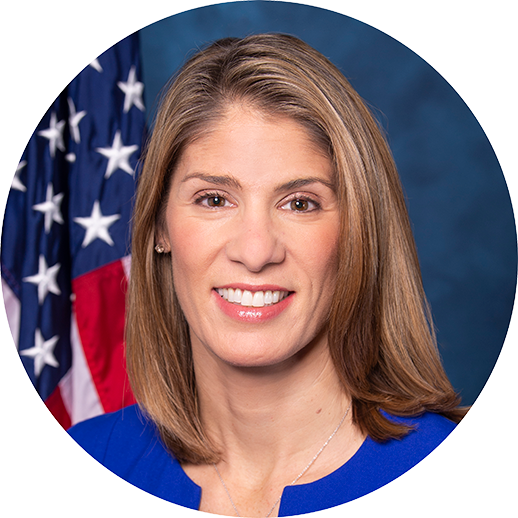In the News
Trahan moves to debunk voting myths with election experts
Washington,
October 29, 2020
Trahan moves to debunk voting myths with election expertsBy: Jon WinklerLOWELL — The presidential election is less than a week away and the simple act of casting a ballot has been brought under intense scrutiny. Not only has the act of voting been impacted by a global pandemic, but the safe alternative to in-person voting has been criticized by President Donald Trump and his administration. With all of that in the air, it’s easy to see why residents might be cautious to make their voices heard this year. U.S. Rep. Lori Trahan tried to ease those worries with the help of members of two organizations. Trahan hosted a discussion about debunking election misinformation on Facebook Live Thursday morning with Pam Wilmot, vice president of state operations for Common Cause, and Quentin Palfrey, chair of the Voter Protection Corps. Common Cause is a nonpartisan, grassroots organization that lobbies and organizes efforts to help pass legal reforms at all levels of government, while the Voter Protection Corps. offers data analysis and volunteer assistance to communities to get them out to vote and ensure their votes are counted. During the discussion, all three participants noted how the Trump administration’s comments on poll watching and mail-in ballots are “lies” and “deeply unhelpful.” In regards to poll watchers, or people monitoring the process of in-person voting, Palfrey clarified that different states have different rules as to who is qualified and designated to be at polling locations “in an official capacity” helping voters. He encouraged those interested in learning more about this process and seeing if they’re qualified for the work to check out the Election Protection coalition, especially considering the shortages of official poll workers in different states due to the coronavirus pandemic. “Voter intimidation is a totally different thing,” Palfrey added. “It’s illegal under federal law. There will be poll observers who can work with election officials all across the country if there is any voter intimidation. Generally, voting is easy and smooth, whether you choose to vote in-person or early or by mail. This is a system that’s going to go really smoothly and you should be confident that this is going to work very well.” Trahan brought up disinformation about candidates and policies spreading through social media and meddling in elections. This can not only be cases of foreign adversaries manipulating the ballot-counting process, but also sharing misleading information amongst one another via email or Facebook posts. Wilmot noted that Common Cause has had up to 3,000 volunteers combing through thousands of social media posts everyday to flesh out which ones carry false information. She also encouraged people to do some of that work on their own. “It’s always best first, before you share anything, please think twice,” Wilmot said. “Look at it and evaluate it. Social media is rife with disinformation, a chunk of it from foreign actors intentionally misleading for partisan gain and some of it just innocent people forwarding things they haven’t checked out themselves or saying something inaccurate.” Then there was the subject of mail-in ballots, millions of which have already been returned to election offices despite President Trump claiming the process can lead to fraud. Trahan noted that Trump’s claims have “no real basis,” with Palfrey saying voting by mail has a “very good track record” across the country in previous years. He added that mail-in voting increases voter turnout for members of both parties and that every independent analysis of the method has seen it “remarkably free from fraud.” “We’re in the middle of a pandemic and it is really important that we make sure folks are able to vote in a way that they feel safe about,” Palfrey said. “As the numbers are spiking up a little bit, I think a number of folks would prefer to vote by mail and this is an ordinary process.” “The whole point of this is to make voting more accessible and get more people to exercise this important right,” Trahan added. Of course with all of those ballots submitted early, there are still the votes set to be cast in-person on Nov. 3. That combined plethora of paper will certainly be harder to quantify than previous years, a fact that Wilmot is well aware of. She noted how if mail-in ballots have not been accepted or received by officials, residents can still vote in person if they want. “We will not probably have election results on Election Night this year,” she added. “That is one of the big pieces of misinformation that will be spread, that there’s something wrong if we don’t know the final results. In fact many states accept ballots well after the election, some as long as two weeks. During that period, they’re still counting the ballots and that is the right thing to do. So take a deep breath, we will get through this.” |

